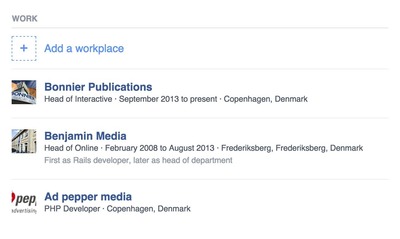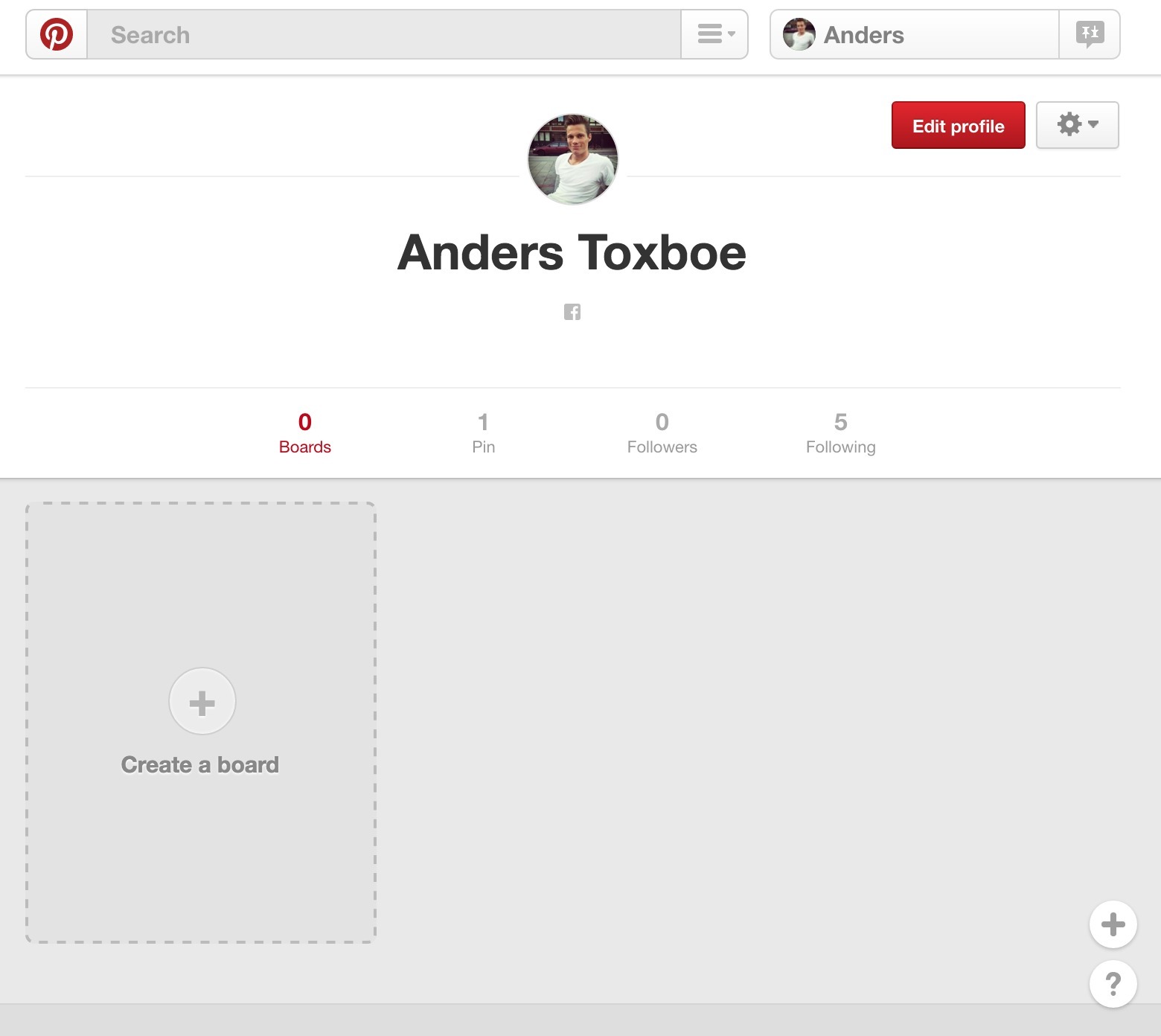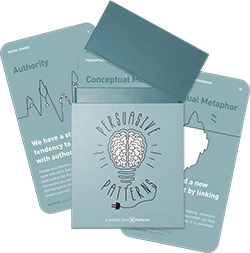Intentional Gaps
Design Pattern
Problem summary
Create intentional gaps that users can't help but try to fill
Example
Usage
- Use to allow users to see how their decision or action fits into the larger picture.
- Use to frame decisions around a predefined context (completing the sentence, fill in the gap)
- Use to reduce cognitive load to make choices obvious
This card is part of the Persuasive Patterns printed card deck
The Persuasive Patterns Card Deck is a collection of 60 design patterns driven by psychology, presented in a manner easily referenced and used as a brainstorming tool.
Get your deck!Solution
Leave deliberate gaps that users will want to fill. We are motivated to complete the incomplete. The closer to completion users perceive a task to be, the more motivated they are to finish it.
- Create obvious gaps. Leave deliberate gaps that users will want to fill. By choosing what gaps to fill and which not to fill, you are framing decisions around a predefined context and allow directing users toward predefined decision paths that allow for persuasion along the way.
- Finish the sentence. Make forms read like a sentence, letting users fill out the blanks. Making forms linguistically fluent, its context is easier to understand and inputs are more effortlessly selected.
- Instill a sense of autonomy. Provide good momentum by laying out the first foundational blocks paving the way for a flying start. Give users the freedom to complete your intentional gaps with creativity to boost their sense of autonomy and control.
Rationale
The feeling of seeing something out of order or incomplete creates a feeling of stress that we want to alleviate. This in turn motivates us to either remove or reduce the discomfort by filling in the missing gaps or fixing what is wrong. The more obvious and easy it is for users to complete the intentional gap, the more likely users are to engage.
Creating deliberate intentional gaps is a common technique used in persuasive design. Its effect can be explained by several schools, including cognitive dissonance (urge to alleviate the discomfort of dissonance), the Zeigarnik Effect (we remember better that which is unfinished or incomplete), and Self-actualization theory (our drive to complete ourselves).
1 Festinger, L. (1957), A Theoory of Cognitive Dissonance, Peterson & Company.
2 Zeigarnik, B (1927), Über das Behalten von erledigten und unerledigten Handlungen, Psychologische Forschung
3 Intentional Gaps at Learning Loop
More examples of the Intentional Gaps pattern See all 3 example screenshots


User Interface Design Patterns
- Forms
- Explaining the process
- Community driven
- Tabs
- Jumping in hierarchy
- Menus
- Content
- Gestures
- Tables
- Formatting data
- Images
- Search
- Reputation
- Social interactions
- Shopping
- Increasing frequency
- Guidance
- Registration
Persuasive Design Patterns
- Loss Aversion
- Other cognitive biases
- Scarcity
- Gameplay design
- Fundamentals of rewards
- Gameplay rewards



